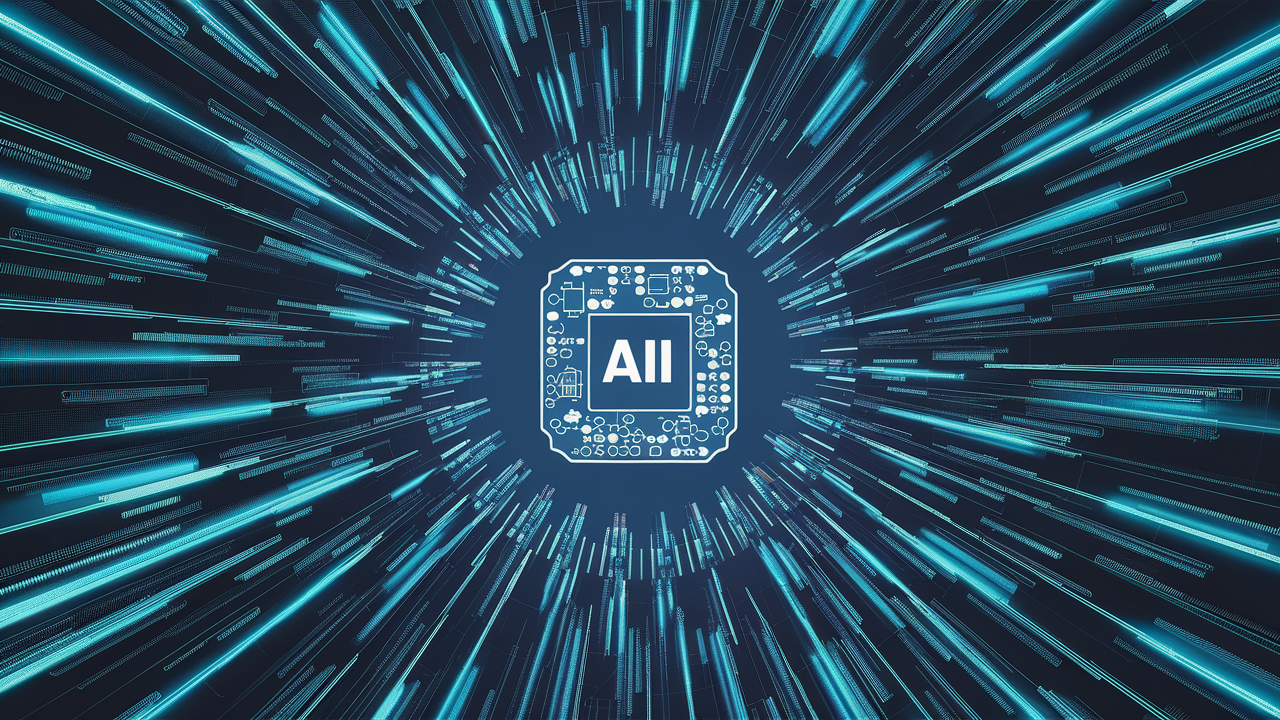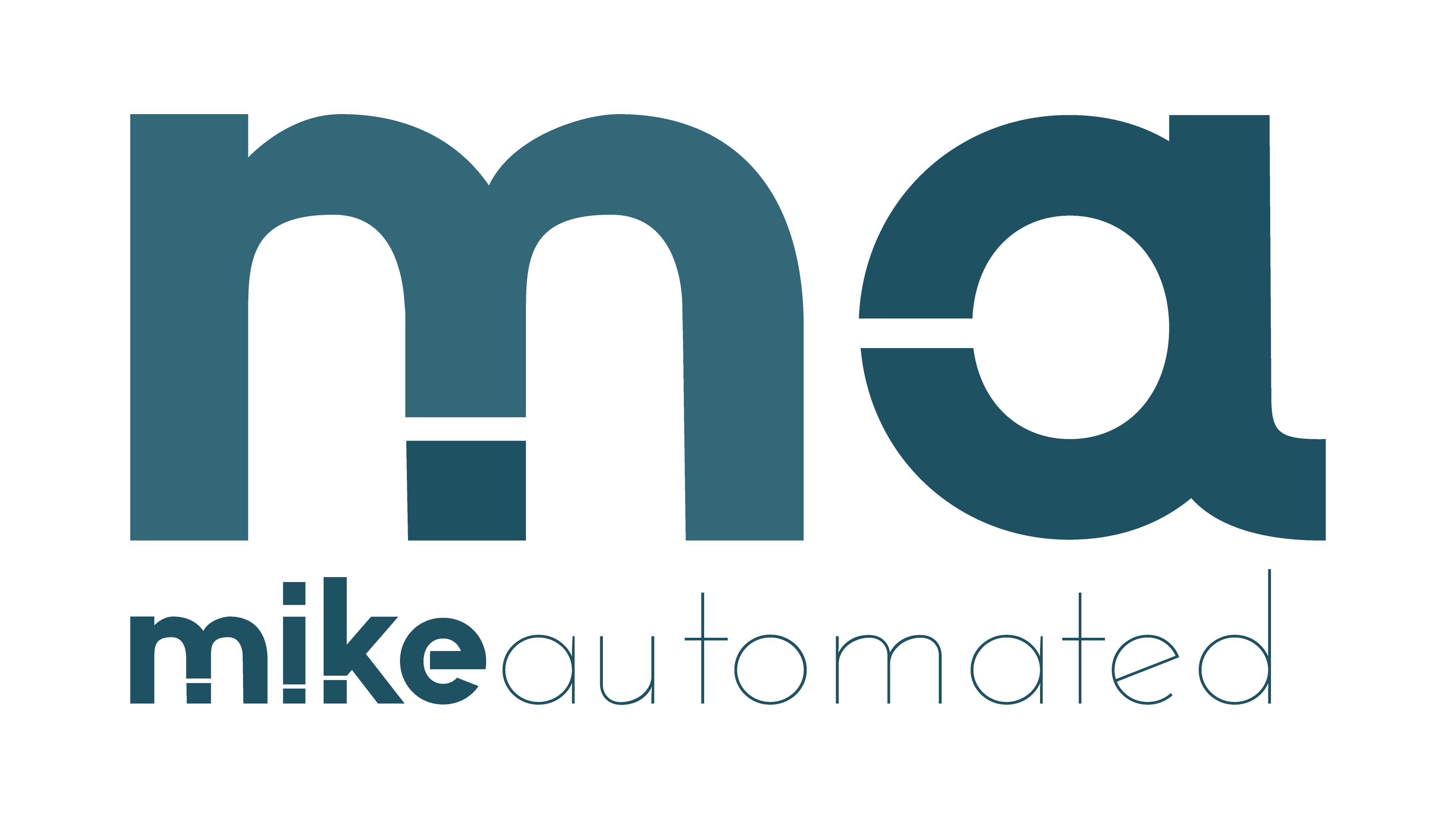TL;DR
- Quantum Computing and AI could accelerate AI workloads by enabling faster training, smarter inference, and improved optimization.
- Hybrid quantum–classical systems offer practical paths today, even with noisy intermediate-scale quantum (NISQ) devices.
- Key concepts include quantum advantage, quantum machine learning, and new algorithms tailored for hybrid architectures.
- To start, define concrete AI problems, run pilots with simulators, and measure gains using accessible metrics.
In this article, we explore how quantum technology could revolutionize AI capabilities, what is feasible now, and what to plan for in the near future.
What is Quantum Computing and AI?
Quantum Computing and AI refers to the intersection where quantum hardware and quantum-inspired methods aim to enhance artificial intelligence. The core promise is not to replace classical AI overnight but to augment it. Quantum devices operate on qubits that can exist in multiple states, enabling new modes of computation for certain problem classes. At the same time, AI systems seek patterns, optimization, and decision-making that can benefit from these quantum capabilities. What is quantum computing remains foundational, but practical AI gains may come from how we integrate quantum resources with classical AI workflows.
How Quantum Computing Can Accelerate AI
Speed and optimization
Some AI tasks are computationally expensive when run on classical hardware. Training deep neural networks and solving large optimization problems can require days or weeks. Quantum approaches could offer speedups for specific subproblems, such as combinatorial optimization, sampling, and linear-algebra operations central to many AI algorithms. These gains are not universal; they depend on problem structure and hardware maturity. For now, the most tangible impact comes from hybrid approaches where quantum devices tackle the hardest subproblems while classical systems handle the rest.
In practical terms, consider a planning problem in logistics or a portfolio optimization task in finance. A quantum component can explore many candidate solutions in parallel, while the classical frame selects and refines the best paths. This division of labor can reduce wall-clock time and improve solution quality for large-scale instances.
Related reading: quantum algorithms for AI and NISQ challenges inform how to structure these hybrids.
Hybrid quantum–classical models
Hybrid models blend classical neural networks with quantum circuits. A simple pattern is to use quantum layers to process high-dimensional data representations and then feed the results into traditional networks. The quantum portion can be parameterized and trained using backpropagation, just like a standard neural layer, but with quantum state evolution guiding the learning signal. This approach can help with feature extraction, kernel methods, or optimization subroutines embedded in an AI pipeline.
To succeed, teams must design interfaces that translate machine learning tasks into quantum-ready subroutines. This often means reframing objectives, normalizing data, and ensuring the quantum component is differentiable where needed. Tools and libraries are evolving to support end-to-end workflows across hardware backends and simulators.
Quantum machine learning
Quantum machine learning (QML) explores how quantum models can learn from data. Early work focused on quantum kernels and variational circuits that approximate complex functions with fewer parameters in some regimes. As hardware matures, QML could offer advantages in pattern recognition, generative modeling, and unsupervised learning. However, QML is not a guaranteed speedup for all tasks; it depends on data structure, circuit depth, and noise levels. Practitioners should view QML as a research-driven addition to classical ML rather than a wholesale replacement at this stage.
For readers seeking more detail, check quantum machine learning resources and practical case studies that illustrate when quantum methods provide leverage.
Practical Pathways Today
Where to start
The most realistic gains come from hybrid quantum–classical workflows and simulations on classical hardware that mimic quantum behavior. Start by identifying AI workloads with heavy optimization, sampling, or linear algebra tasks. Then map these tasks to quantum subroutines that could offer speedups or better exploration of solution spaces.
Begin with a pilot project in a low-risk domain. Use a simulator to model a small instance, compare against the best classical approach, and define metrics that matter for your use case—time to solution, solution quality, energy use, and reproducibility. This disciplined approach keeps expectations grounded while you explore real gains.
To implement pilots, consider platforms that provide access to quantum hardware and software stacks. Build a small team that spans data science, quantum physics, and software engineering. This cross-functional collaboration is essential to translate a theoretical advantage into measurable outcomes. Internal links to practical resources: getting started with quantum computing, hybrid quantum algorithms, and tools and platforms for quantum AI.
Example: a hybrid planning problem
Imagine a delivery network that must optimize routes in real time. A classical planner builds baseline routes, but a quantum subroutine explores alternative paths through a large combinatorial space. The system evaluates candidate plans with the classical model, then refines the top choices using quantum sampling. The result is faster iteration and better route efficiency in peak times. This type of use case illustrates how quantum and classical components can co-exist productively rather than compete for the same tasks.
Practical tips
- Define clear success metrics before starting—time to insight, cost per decision, and accuracy.
- Use simulators early to validate ideas without hardware constraints.
- Protect data quality by encoding data carefully to minimize noise impact and maintain privacy.
- Plan for scalability with modular architectures that separate quantum and classical stages.
Challenges and Considerations
Noise, errors, and hardware maturity
Current quantum devices are noisy and prone to errors. This reality shapes how AI workloads are designed for quantum integration. Error mitigation strategies, shorter circuit depths, and robust encoding schemes help manage noise, but they do not eliminate it. As a result, gains are often context-specific and emerge over time as hardware improves.
Expectations should be grounded in the reality that quantum advantage is not universal. It will likely appear in narrow problem classes or hybrid workflows rather than broad AI tasks. Leaders should balance exploration with steady, measurable pilots that demonstrate concrete value.
Data encoding and model integration
Translating AI problems into quantum-native formats is nontrivial. Data encoding can introduce bottlenecks, and meaningful improvements require careful alignment of objectives with what quantum hardware can do well. Teams should design data pipelines that minimize unnecessary conversions and preserve essential information through each stage of processing.
Integration also raises software challenges. Training loops, model evaluation, and deployment pipelines must accommodate quantum slices, error bars, and re-parameterization needs. The long-term payoff is a set of reusable components—quantum kernels, hybrid layers, and orchestration tools—that fit into existing AI workflows.
Real-World Scenarios and Use Cases
Finance and optimization
Financial institutions explore quantum-assisted portfolio optimization, risk analysis, and scenario testing. Hybrid approaches can speed up evaluating thousands of market scenarios, enabling more resilient strategies. Early pilots show improvements in solving certain quadratic or discrete optimization tasks when combined with classical optimization engines.
Logistics and scheduling
Logistics firms look at routing, inventory management, and workforce scheduling through a quantum lens. The goal is to reduce delivery times and costs by exploring more diverse schedules than classical methods alone can efficiently probe. A practical plan is to run quantum subroutines on top of well-established scheduling systems, gradually expanding the quantum scope as confidence grows.
Pharma and materials discovery
Quantum simulations of molecular systems promise more accurate predictions of molecular properties and reaction outcomes. While full quantum chemistry on large molecules remains challenging, hybrid strategies can accelerate parts of the workflow, such as task-specific simulations or quantum-assisted optimization of candidate compounds. The sector is watching for hardware and algorithmic breakthroughs that translate to clinical and commercial value.
Data-intensive AI tasks
Some data-processing challenges align with quantum techniques like sampling and optimization. In image, speech, and natural language tasks with large, structured data, quantum-assisted methods could speed up kernel computations or sampling-based inference. Practitioners should test these ideas on well-scoped problems where the potential gain is observable and measurable.
Roadmap: What to Expect Next
The evolution of AI with quantum technologies will occur in stages. In the near term, expect stronger emphasis on hybrid architectures and software toolchains. Over the next five years, hardware improvements and error-mitigation breakthroughs will expand the scope of feasible problems. The combination of more capable devices and clearer use cases will push organizations to adopt hybrid AI systems more broadly.
To prepare, invest in talent development across three areas: quantum literacy for AI practitioners, AI knowledge for quantum engineers, and robust software engineering to connect the two domains. Build partnerships with hardware vendors, cloud providers, and research groups to access emerging capabilities and stay ahead of the curve. Useful resources include quantum software tooling and industry use cases.
Conclusion and Next Steps
Quantum Computing and AI represent a frontier with tangible, incremental wins alongside ambitious long-term goals. The practical path today centers on hybrid workflows that leverage the strengths of both quantum and classical computing. By starting with well-scoped pilots, measuring concrete gains, and building adaptable architectures, organizations can position themselves to benefit as hardware and algorithms mature.
If you are considering a quantum-enabled AI program, begin with a problem you can measure clearly, assemble a cross-disciplinary team, and partner with a trusted platform provider. The future of AI may not be instantly quantum-only, but it will be consistently quantum-enhanced in ways that scale with your data, your decisions, and your ambition.
Visualize the workflow
Visual idea: a simple infographic showing a hybrid quantum–classical workflow—data input, quantum subroutine, classical optimization, and decision output. Purpose: help stakeholders grasp how quantum components integrate with existing AI pipelines and where to invest effort.
Interior links and tools to explore: learning resources, case studies, and getting started with a quantum AI pilot.
Final Thoughts
The intersection of Quantum Computing and AI is evolving quickly. While the first practical gains will be niche, disciplined experimentation today can yield leaders with new capabilities tomorrow. Embrace hybrid models, start small, and build momentum toward scalable, quantum-enabled AI solutions.



